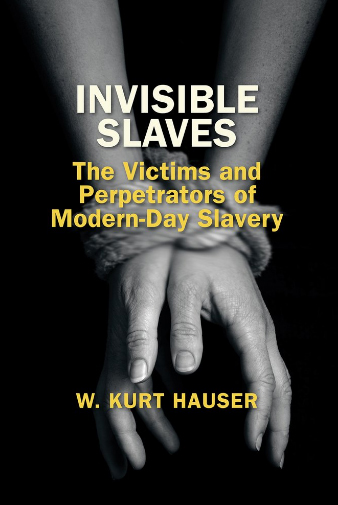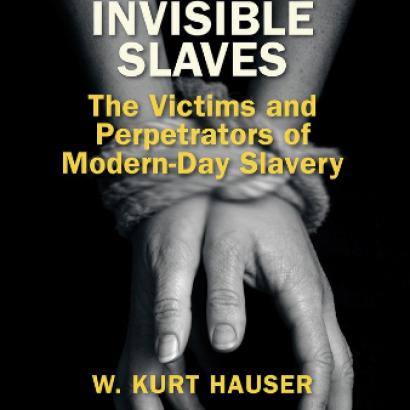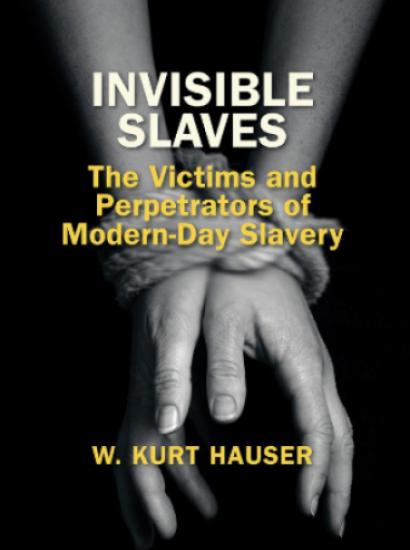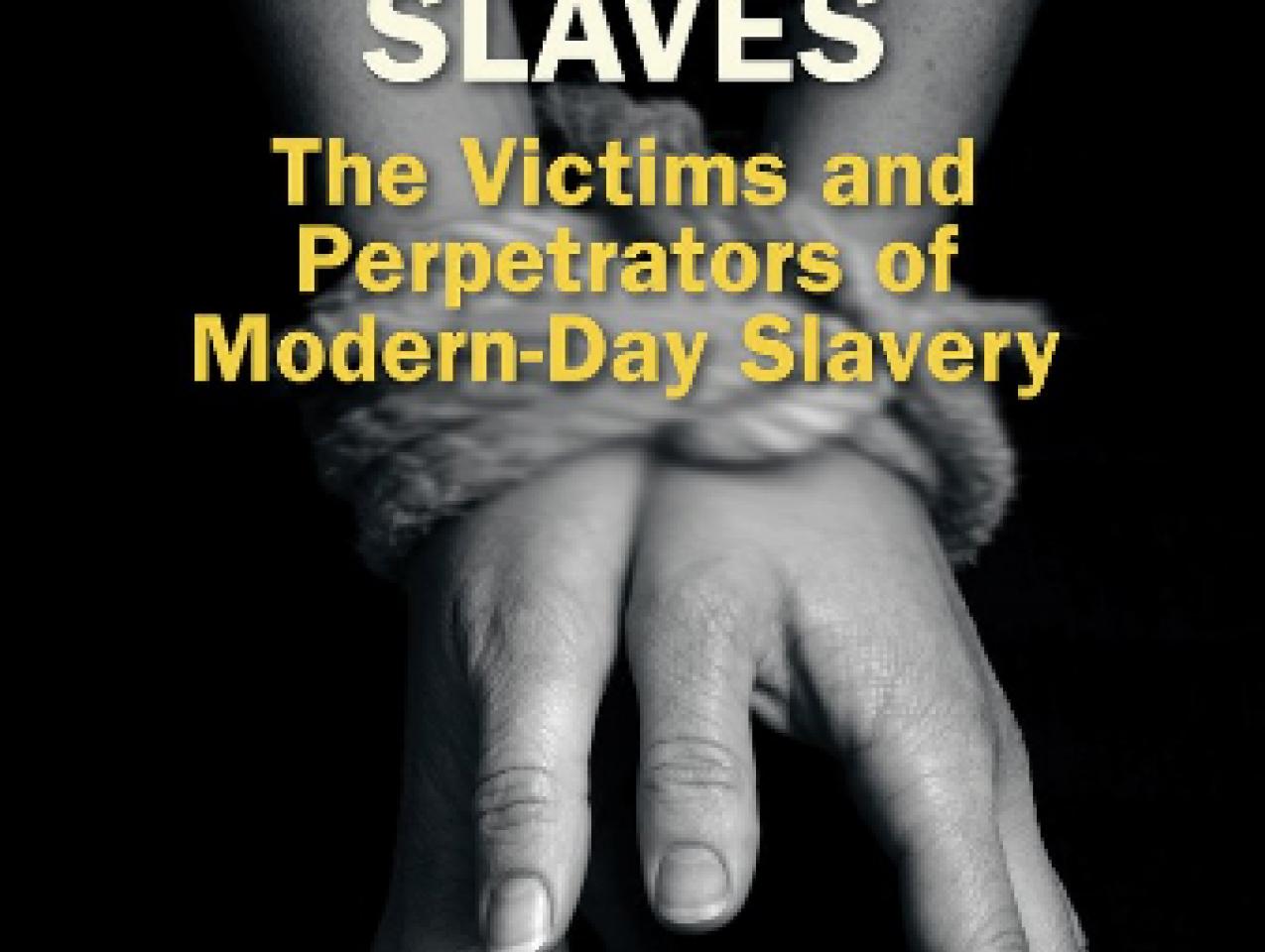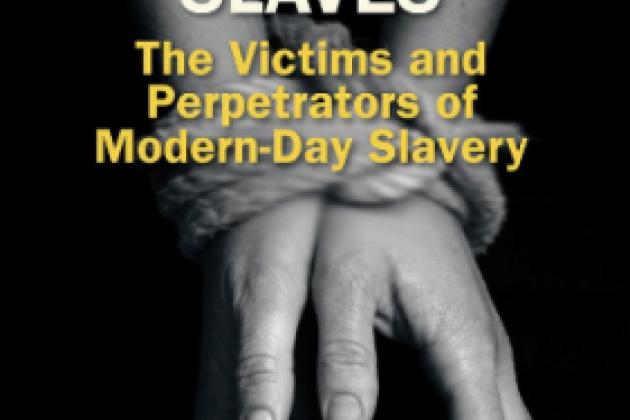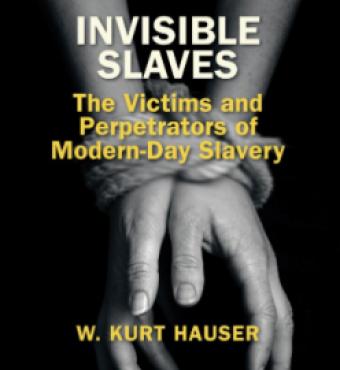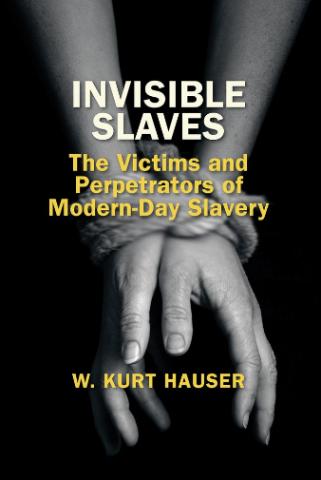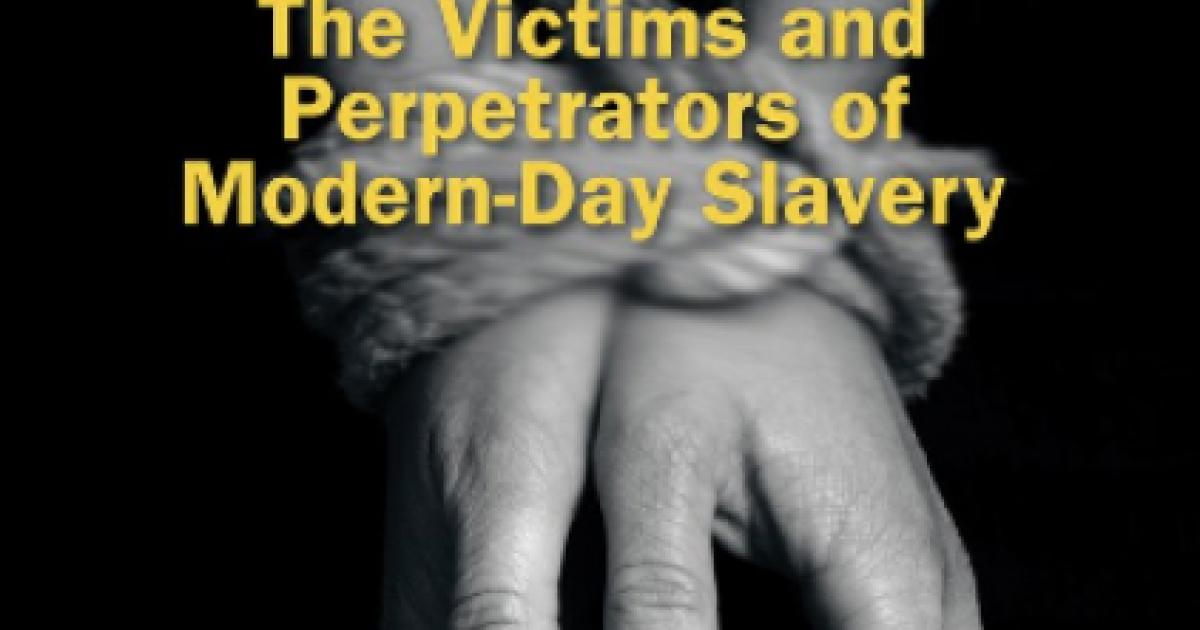Editor’s note: This essay is adapted from the Hoover Press book Invisible Slaves: The Victims and Perpetrators of Modern-Day Slavery.
The legacy of slavery haunts the West, especially the United States. Indeed, critics of the West cite slavery among the many evils spawned by Western Civilization in general and the United States in particular. But nothing could be further from the truth. Slavery existed before the discovery of the New World and before the origins of Western Civilization. The abolition movement is Western in origin and sprung from the enlightenment in Europe. Great Britain and the United States were the first countries to ban the trade in slaves—and the West led the globe in enacting laws prohibiting the institution of slavery.
Yet slavery continues to exist in virtually every country of the world. Thus, slavery is not a problem of the past, but a present-day scourge. As many as 46 million human beings will wake up today to a life of forced labor, violence, sexual assault, and dehumanization under the yoke of slavery. A major part of the solution is an acknowledgement and awareness that slavery exists today in all reaches of the globe. It is possible, indeed likely, that the clothes, shoes, and jewerly that you wear, the mobile phone and computer you use, the food that you eat, and the coffee that you drink have at some point been touched by the hands of slaves.
For many reasons, estimates of the reach of global slavery today vary greatly. As with other criminal activities, slavery is difficult to quantify because it is part of an underground economy that takes place behind closed doors and is hidden from investigators, law enforcement, and the public at large thanks to bribes and corrupt government officials. Also, victims are reluctant to seek help or cooperate with law enforcement due to fear of reprisals to themselves or their families. Many countries—particularly those with the highest levels of poverty and lowest levels of literacy—greatly underestimate the levels of slavery within their borders or deny its existence entirely. These countries have an incentive to downplay slavery because the profits for law enforcement from bribery are lucrative and sanctions from the United States are costly. Another factor complicating the estimates is that various NGOs and governmental agencies use different methodologies to calculate the number of slaves within a country.
Slavery, however, is hardly a third-world problem. The institution remains a largely intractable problem even in the world's most developed countries—including the United States. The Walk Free Foundation estimates that the United States has 57,700 people in slavery, while the CIA maintains that 14,500 to 17,000 victims of slavery are brought into the United States annually. Anti-Slavery International, the oldest human rights organization, calculates that there are over 200 million people who are victims of slavery or slavery-like conditions, although they may not qualify as pure chattel slaves. According to the United Nation's Office of High Commission for Human Rights, one hundred million children are exploited for their labor. These figures are more than the number of slaves in any year in the past when slavery was legally practiced.
There are various types of slaves—and a slave today might fall into one or several of these categories. Chattel slavery is perhaps the oldest form of slavery. A chattel slave is the property of the owner or master. The chattel slave is no different than an animal or other object that the master may own and can be sold, auctioned, purchased, hypothecated, or loaned. The master has total control over the slave, including the power over his or her life or death. Descendant-based or inherited slavery is often associated with chattel slavery.
Debtor slaves are those that are forced into involuntary servitude because of a debt burden. The debt may have been incurred from a recruitment agency or trafficker, or from the cost of shelter and food. A person may have pledged himself or a family member as collateral for a loan. Regardless of how the loan was incurred, the work performed is insufficient to cover the interest on the loan or charges for food and shelter. Debtor slavery or bonded labor is the most widely used form of modern-day slavery.
Forced labor or involuntary servitude is another type of modern-day slavery. A person is offered a good-paying job by a trafficker or recruiter. The offer may come via an advertisement in a newspaper. Upon delivery to the employer, the person finds himself or herself a victim of forced labor. Their documents have been confiscated and they are confined to the workplace and subject to physical abuse. They receive little or no pay. They are often in a place where they cannot speak the language. They are threatened with violence and beatings if they try to escape, as well as told that their family members back home will incur reprisals if they do not cooperate.
Sexual slavery is yet another form of bondage, where the slaves are used for sexual exploitation and prostitution. As with forced labor, their documents are confiscated, they are confined to the workplace (brothel), threatened with punishment if uncooperative, work to pay off both the debt incurred when the trafficker bought them and the increasing debt of housing, food, and interest. It is estimated that two million women and children are sold into sex slavery annually. In countries that have high poverty rates, or the areas of wealthier countries that have impoverished sections, it is not uncommon for families to sell their children to brothels. Prostitution exists in every corner of the world, and sex slavery contributes significantly to one of the world's oldest profession.
There are documented reports of slavery taking place around the world. Bonded slavery is prevalent in the cocoa farms of West Africa, the carpet-making factories in India, Pakistan, Nepal, and Bangladesh, and the ranching, agriculture, logging, and charcoal industries of Brazil. Forced labor camps are prevalent in China and North Korea. Women, men, and children are rescued every year in the United States from forced labor and sexual slavery. Virtually every country in the world has bonded domestic servants. Many girls and women are forced into prostitution to repay debts incurred in fleeing their impoverished countries.
Women and girls who have been captured in armed conflicts in Nigeria, Syria, Iraq, and several sub-Saharan African countries have been held as slaves or sold into slavery. Widespread violence caused by ethnic, tribal, and civil war has plagued the Democratic Republic of the Congo (DRC) and the Central African Republic (CAR) for decades. These armed conflicts have been fueled and funded by the profits from the extraction of minerals worth billions of dollars to the outside world. These natural resources are often called conflict minerals or blood diamonds because they are produced by slave labor. Child slavery is particularly prominent because children are easily coerced, illiterate, respond to violence or the threat of violence, and will work just to be fed.
There is no country in the world where slavery is legal today. Nonetheless, slavery and slavery-like conditions continue. Modern-day slavery has been labeled "the fastest-growing criminal enterprise in the world." Human trafficking is the second most profitable criminal activity in the world after the illegal drug trade and ahead of the illegal firearms trade. The International Labour Organization estimates that the illicit profits from slavery by traffickers are about $150 billion annually.
In 2000, the Congress of the United States enacted the Trafficking Victims Protection Act to monitor annually how countries are combating slavery and slavery-like practices. Countries that do not comply with the minimum standards of the TVPA can be sanctioned. As readers, you can bring awareness to this global atrocity. Demand that your elected representatives hold other countries, as well as your own, accountable for enforcing laws against slavery and slavery-like practices.







